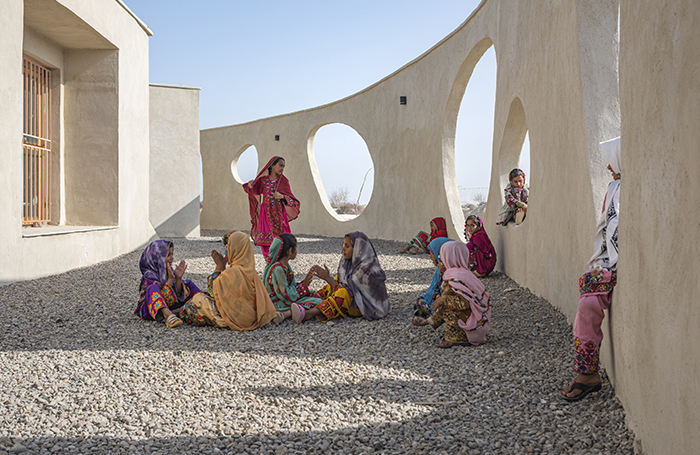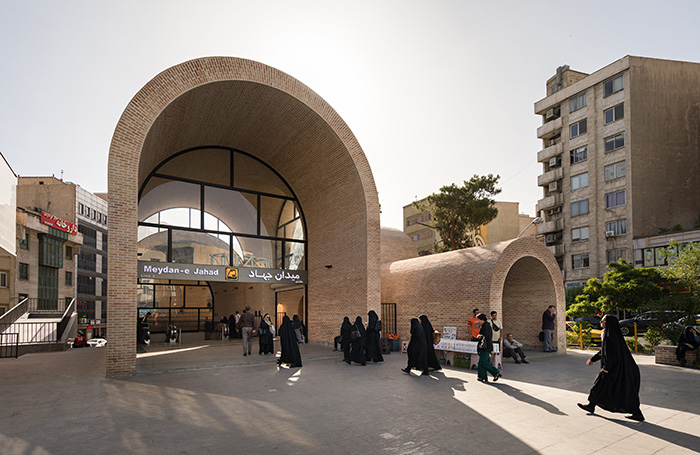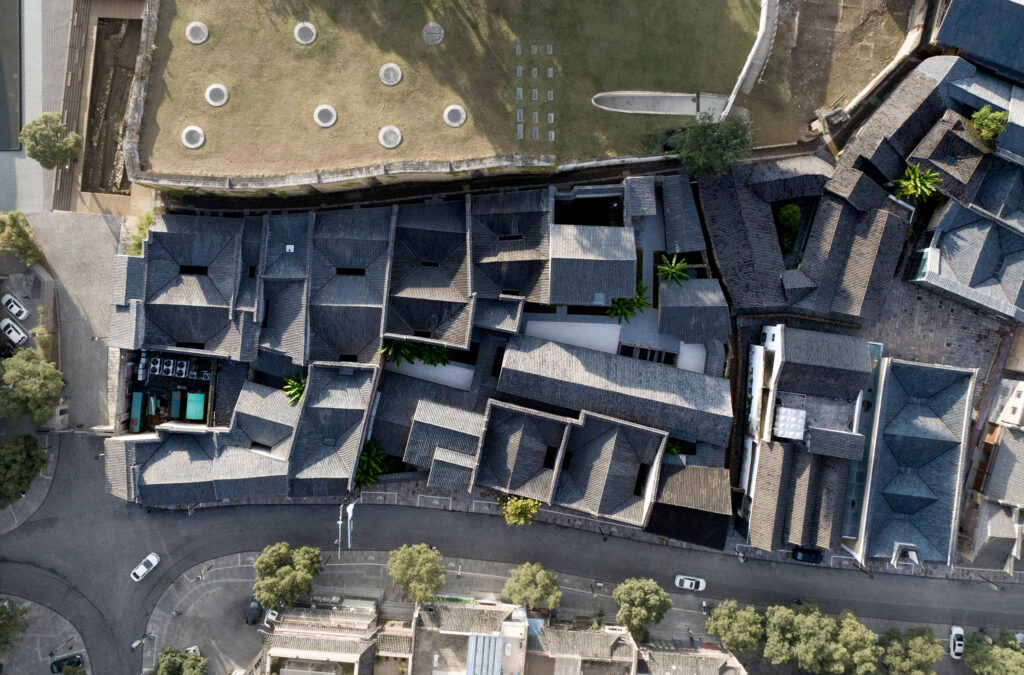The RIBA International Awards for Excellence are given to projects worldwide that stretch the boundaries of architecture and standards of excellence. Irrespective of style, complexity and size of both scheme and budget, successful projects demonstrate visionary or innovative thinking and excellence of execution. Winners then go on to be considered for the RIBA International Prize in search of the world’s most transformative new building.
Winners are selected by the jury (members of the RIBA Awards Group), chaired by Simon Henley, and assisted by the RIBA Local Ambassadors. This year’s winners are spread across 14 countries and represent a significant cultural shift in the way that architecture is designed and built for current and future generations. Each project has been visited in person by a Local Ambassador appointed by RIBA. The winning projects are an example of the highest calibre of architectural response to social, cultural, and environmental challenges.
“Each of these projects makes an exceptional contribution to its local area and demonstrates a stimulating architectural response to RIBA’s stringent social, environmental and design values. On behalf of the RIBA Awards Group, I am delighted to award and celebrate these exceptional buildings, their architects and clients across the world.”
Simon Henley, Chair of the RIBA Awards Group
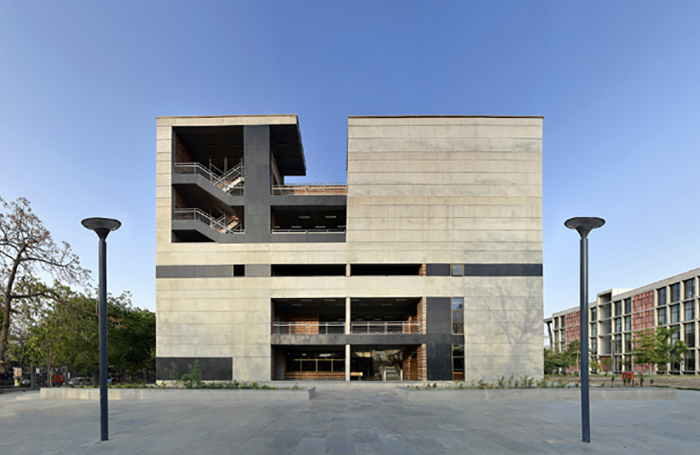
Some of this year’s winning projects include the following:
Ahmedabad University Centre, Ahmedabad by Stephane Paumier Architects
The Ahmedabad University Student Centre is a bold gateway linking the University and the city. Surpassing its ambitious brief, it serves as a vibrant social hub with incubation spaces, student services, a food court, multipurpose areas, and a rooftop running track and futsal court. The architectural approach takes the form of a disciplined and bold matrix of served and servant spaces, all held in a tartan grid. The rationality of the plan collaborates with a dramatic stepped section which in turn invites diagonal views through the entire building whilst enabling the penetration of reflected daylight and cross ventilation deep into the plan. The concrete frame and brick partition infills act as heat sinks, tempering the internal climate. The building is LEED Platinum certified, adopting various sustainable strategies including water recycling, a solar roof, deeply set windows to avoid glare and solar gain, and a sewage treatment plant that maintains the central forest.
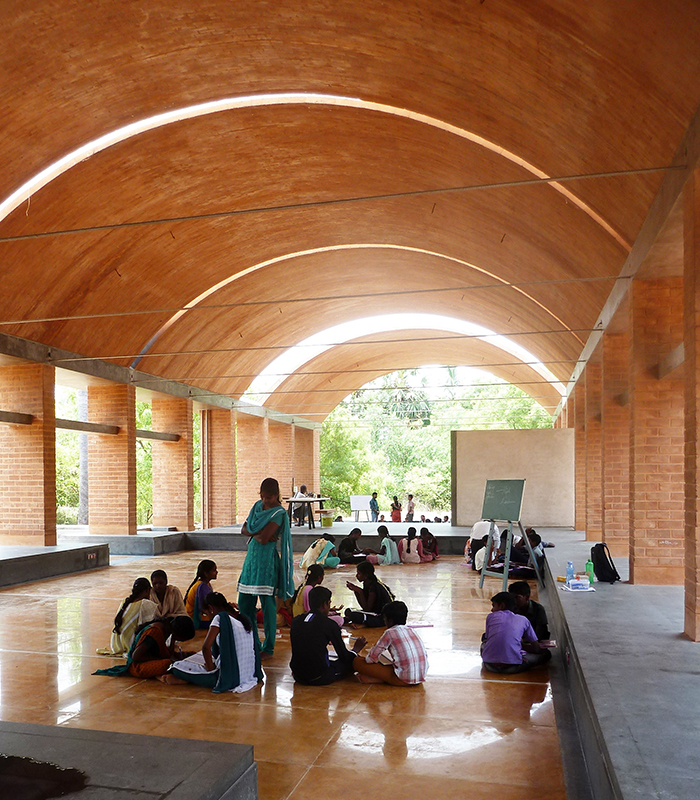
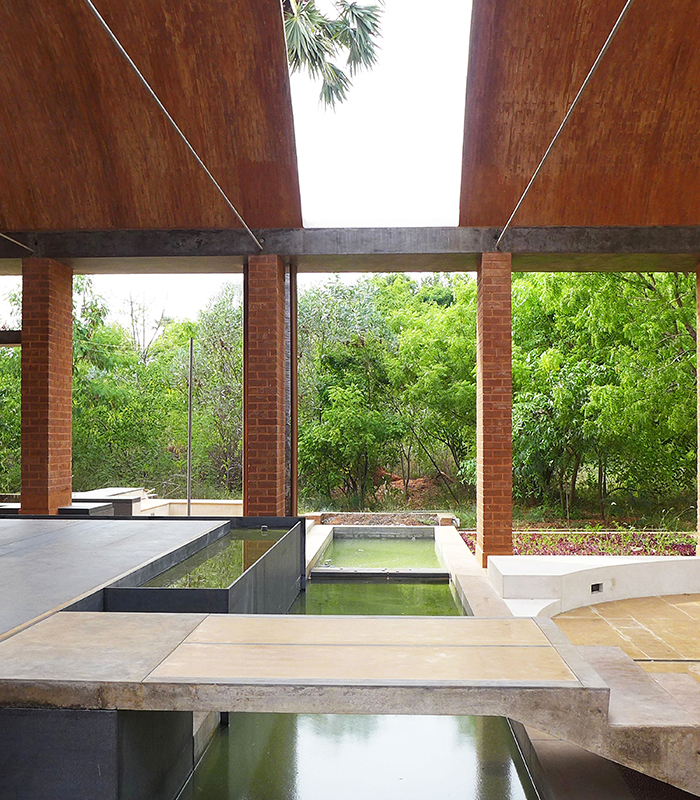
Sharanam Centre for Rural Development, Tamil Nadu by Jateen Lad
The Sharanam Centre in Villupuram, Tamil Nadu, is a world-class community hub built on a modest budget to employ and train local workers. Integrating nature with facilities like a multi-purpose hall, radio station, and amphitheatre, the Centre uses locally sourced materials and innovative techniques for sustainability. With zero waste and low energy use, Sharanam is featured in the UN Environment Programme’s green buildings case study. The architect’s vision transformed a desolate site into a vibrant dignified space, exemplifying a low-cost, innovative, and green community building for the future.
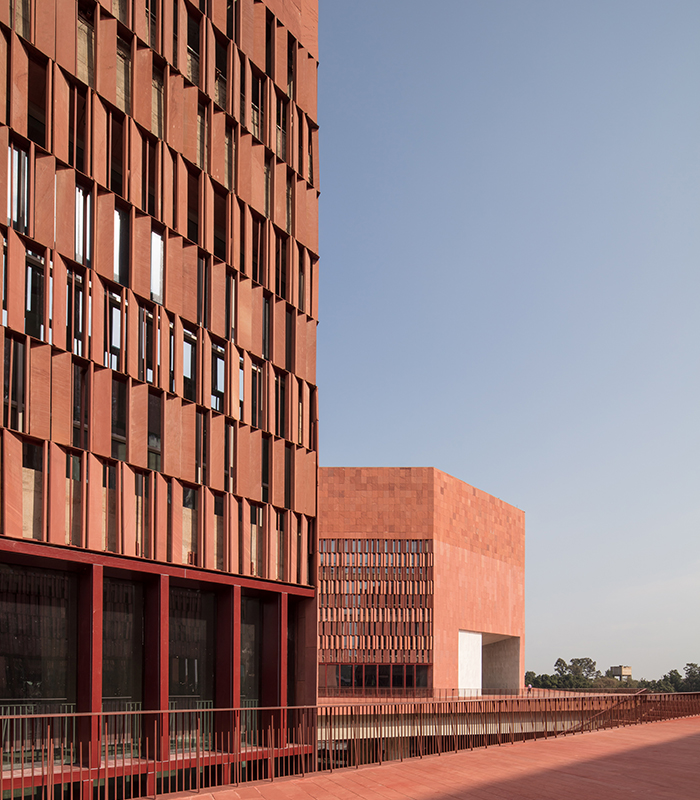
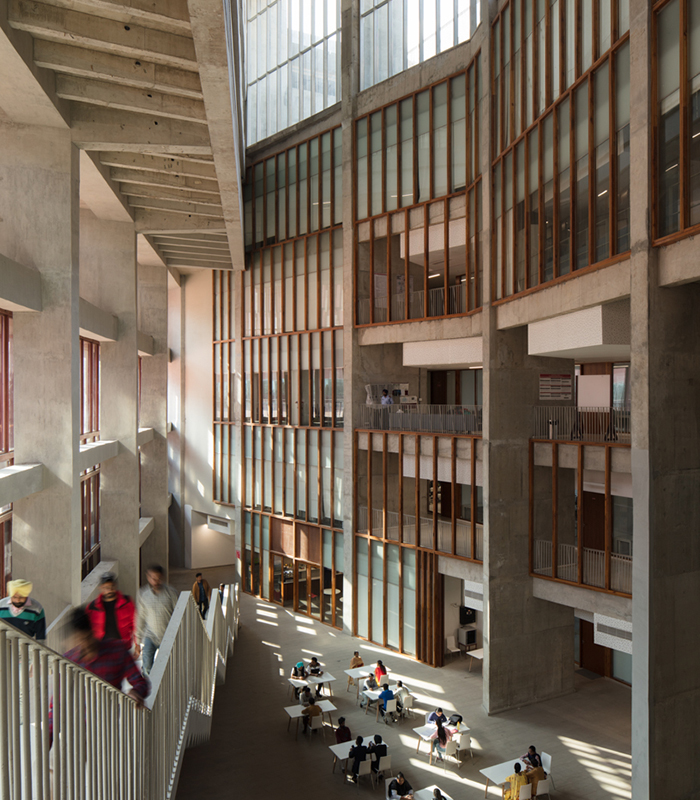
Thapar University Learning Laboratory, Patiala by McCullough Mulvin Architects
Designed by McCullough Mulvin Architects in collaboration with Designplus Associates Services, the Thapar University Learning Laboratory in Punjab takes the form of a dynamic ensemble of three prismatic red Agra stone-clad towers which accommodate a science building, a library and lecture theatres respectively. These towers rise from a 10-meter-high podium, creating an austere, geological presence. The ground-level canopy shades routes and gathering spaces, connecting the towers and the campus. Each tower has a multi-story atrium with daylight filtered through a stone brise soleil. Utilizing local stone and construction techniques, the design’s robust geometry and dynamic forms symbolize movement and the importance of learning to make a strong architectural statement.
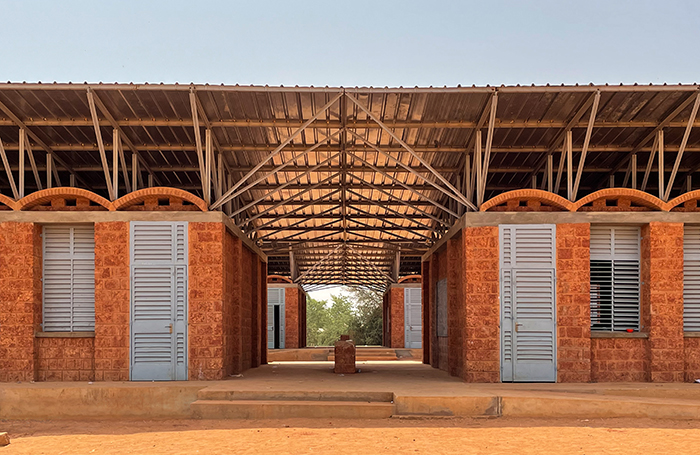
Other winning projects of International Awards for Excellence 2024 include Adega Pico, Winery and Hotel, Portugal, by Sami Arquitectos; Bioclimatic School in Guécélard, France, by Atelier Julien Boidot; Bundanon Art Museum and Bridge, Australia, by Kerstin Thompson Architects; Casa Catarina, Mexico, by Taller Hector Barroso; Collège Hampaté Bá, Niger, by Article 25; Engineering Laboratories – Pontificia Universidad Javeriana, Colombia, by Juan Pablo Ortiz Arquitectos + TALLER Architects; Green Field Factory of Karupannya Rangpur Limited, Bangladesh, by Nakshabid Architects; Jacoby Studios, Germany, by David Chipperfield Architects Berlin; Jadgal Elementary School, Iran, by DAAZ Office; Jahad Metro Plaza, Iran, by KA architecture studio; Jingdezhen Pengjia Alley Compound, China, by Beijing AN-DESIGN Architects Co. Ltd.; Liknon, Greece, by K-Studio; Modulus Matrix: 85 Social Housing in Cornellà, Spain, by Peris + Toral Arquitectes; Morland Mixité Capitale, France, by David Chipperfield Architects Berlin and CALQ; Neue Nationalgalerie refurbishment, Germany, by David Chipperfield Architects Berlin; Punchbowl Mosque, Australia, by Angelo Candalepas and Associates; Shah Muhammad Mohsin Khan Mausoleum, Bangladesh, by Sthapotik; Six Bricolage-houses, China, by ARCity Office; and Veemgebouw, Netherlands, by Caruso St John Architects.

